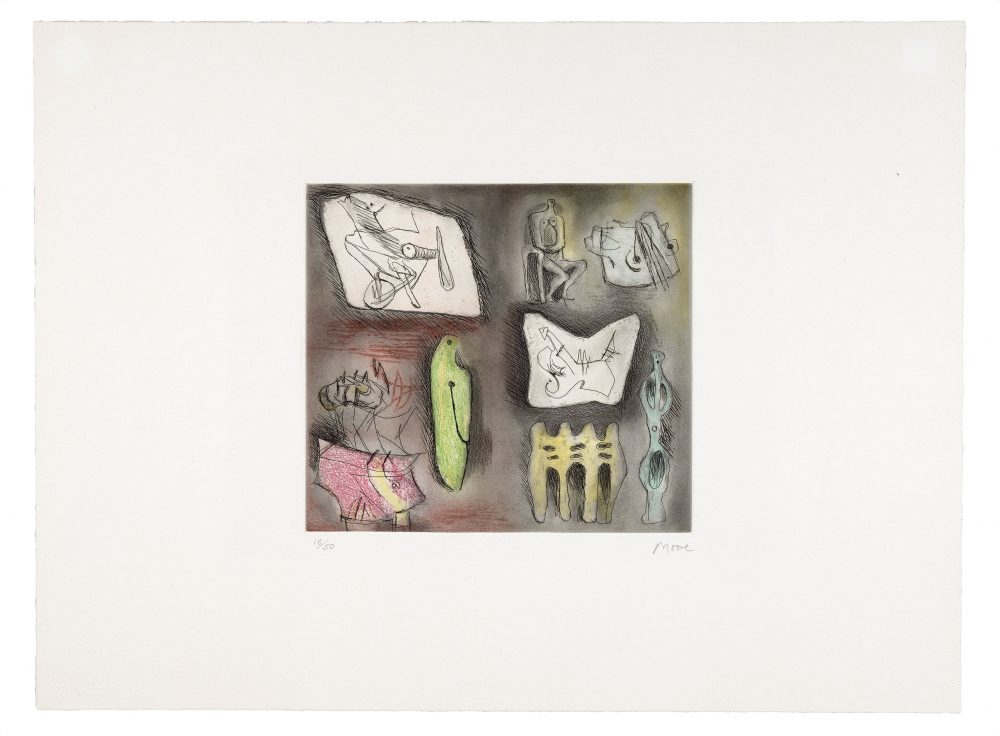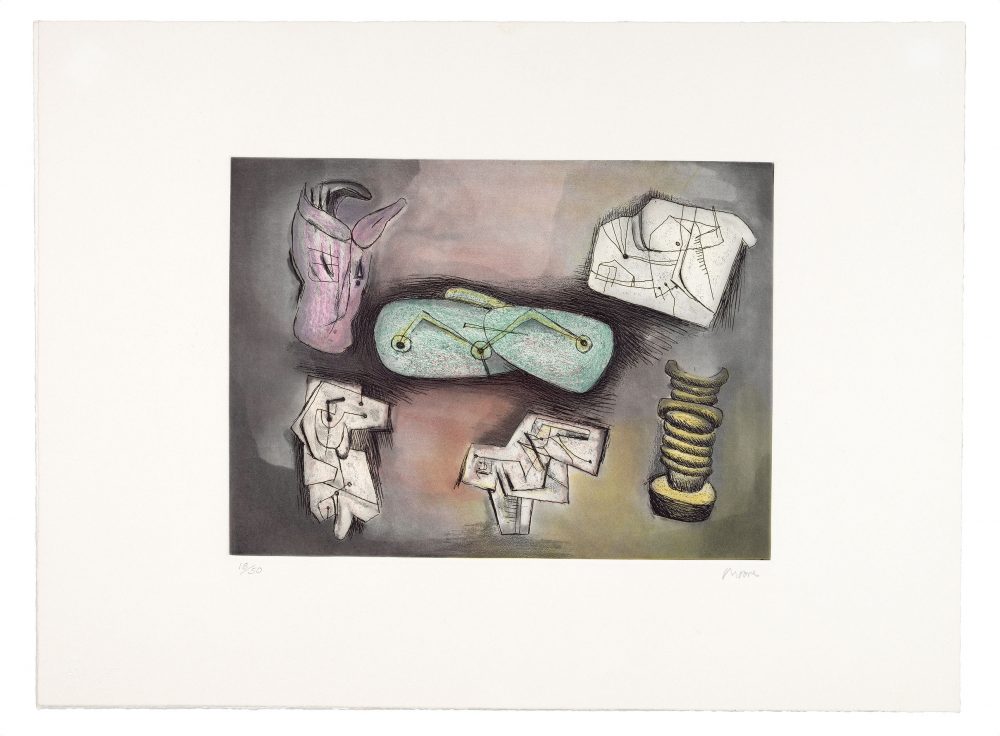Thank you for your enquiry
We will be in touch shortly.
Henry Moore
Sculptural Ideas
3rd February - 3rd March 2022
Henry Moore (1898 – 1986) is one of the most significant Modern British artists. His work came to symbolise post-war modernism and caused a British sculptural renaissance. Although he was mainly known as a sculptor, he was also a prolific printmaker conveying these sculptural forms onto paper.
This portfolio of etchings and aquatints, Sculptural Ideas, 1981 typifies Moore’s interest in combining his interest in sculpture, drawing and printmaking. Many of the figures depicted in the prints are directly related to earlier drawings and 1930’s studies, which Moore decided to reinterpret in these bright, bold and lively prints.
Moore’s interest in printmaking began tentatively after the First World War and then intensified from the mid-1960’s, continuing to the end of his life. While often complaining that graphic projects took him away from his sculpture, the reality was that he enjoyed drawing and printmaking as activities in their own right. Naturally gregarious, he found interaction with printers, publishers and those involved in creating graphic projects stimulating and intellectually rewarding.
Henry Moore behind his Kimber and Hughes star-wheel etching press with master printer Jacques Frélaut in the Etching Studio at Perry Green, 1971. Image: Errol Jackson.
” I really began to want to do graphic work, or prints, when I discovered that one could change a print without losing what you’d got already”.
– Henry Moore, from an interview with Nigel Rees, ‘Kaleidoscope’, BBC, 22nd May 1975.
Etching and aquatint on Fabriano paper, 1980.
Signed in pencil and numbered from the edition of 50 recto.
Printed by 2 RC Editrice, Rome and published by Raymond Spencer Company for the Henry Moore Foundation, Much Hadham in association with 2 RC Editrice, Rome.
Sheet: 43.5 x 58.2 cm.
Plate mark: 21.9 x 24.2 cm
Cramer IV 582
“The whole of nature is an endless demonstration of shape and form. It always surprises me when artists try to escape from this”.
– Henry Moore
Etching and aquatint on Fabriano paper, 1980.
Signed in pencil and numbered from the edition of 50 recto.
Printed by 2 RC Editrice, Rome and published by Raymond Spencer Company for the Henry Moore Foundation, Much Hadham in association with 2 RC Editrice, Rome.
Sheet: 43.2 x 58.2 cm.
Plate mark: 25.1 x 34.2 cm.
Cramer VI 583
The Printer Valter Rossi and his wife Eleonora, founders of the 2 RC Editrice print workshop in Rome, had for some time been keen to work with Henry Moore. After a series of visits and encouragement, even moving part of their print workshop to Pietrasanta to be near the Moore’s family home, they found an opportunity to work together.
Moore had been excited by Rossi’s suggestion of making very colourful aquatints and etchings, based on drawings he was doing at the time and studies he had previously made in the 1930s. Each of the seven prints thus became reinterpretations from a series of works and previous explorations from Ideas for Carvings, 1980 to Ideas for Sculpture, 1934.
“I find drawing a useful outlet for ideas for which there is not time enough to realise as sculpture… And I sometimes draw just for its own enjoyment”.
– Henry Moore
“One mustn’t let technique be the consciously important thing. It should be at the service of expressing the form”.
– Henry Moore
Etching and aquatint on Fabriano paper, 1980.
Signed in pencil and numbered from the edition of 50 recto.
Printed by 2 RC Editrice, Rome and published by Raymond Spencer Company for the Henry Moore Foundation, Much Hadham in association with 2 RC Editrice, Rome.
Sheet: 43.5 x 58.2 cm.
Plate mark: 21.9 x 24.2 cm
Cramer IV 582
Etching and aquatint on Fabriano paper, 1980.
Signed in pencil and numbered from the edition of 50 recto.
Printed by 2 RC Editrice, Rome and published by Raymond Spencer Company for the Henry Moore Foundation, Much Hadham in association with 2 RC Editrice, Rome.
Sheet: 43.2 x 58.2 cm.
Plate mark: 25.1 x 34.2 cm.
Cramer VI 583
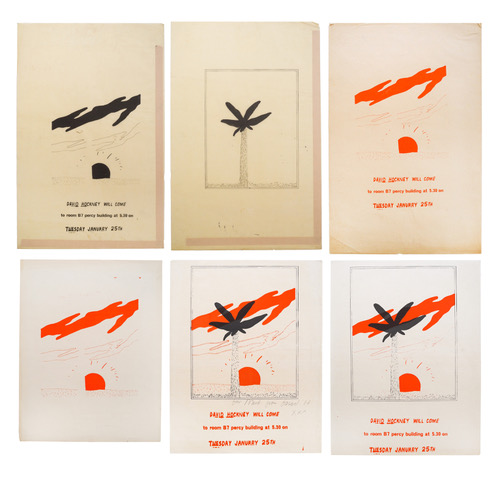
David Hockney
David Hockney Will Come
3rd - 24th October 2023
Online Exhibition
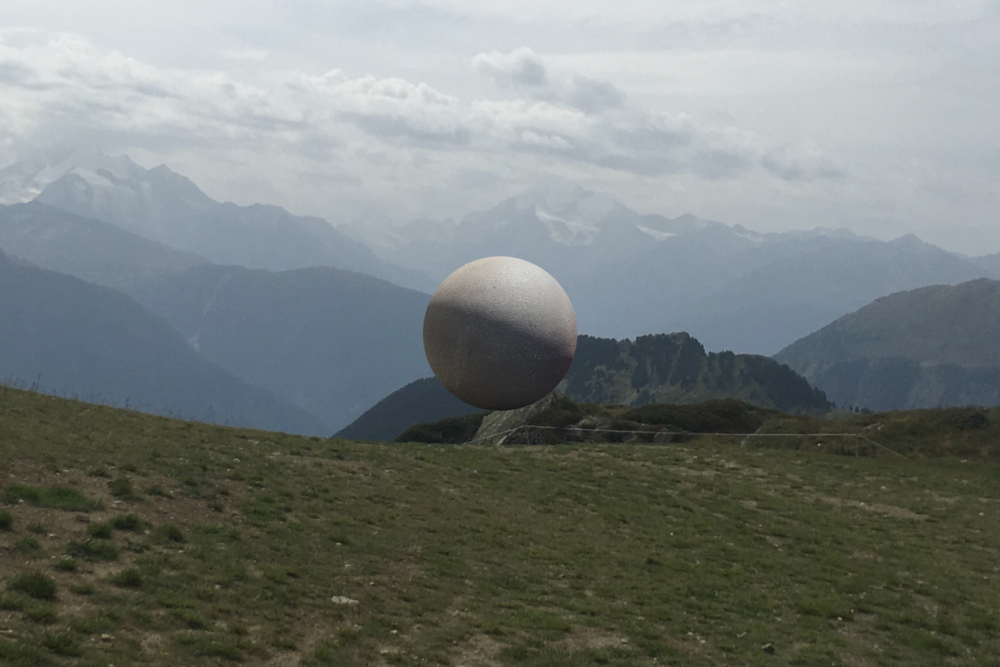
Ana Andreeva
IN CONTEXT
10.07.2023 - 10.08.2023
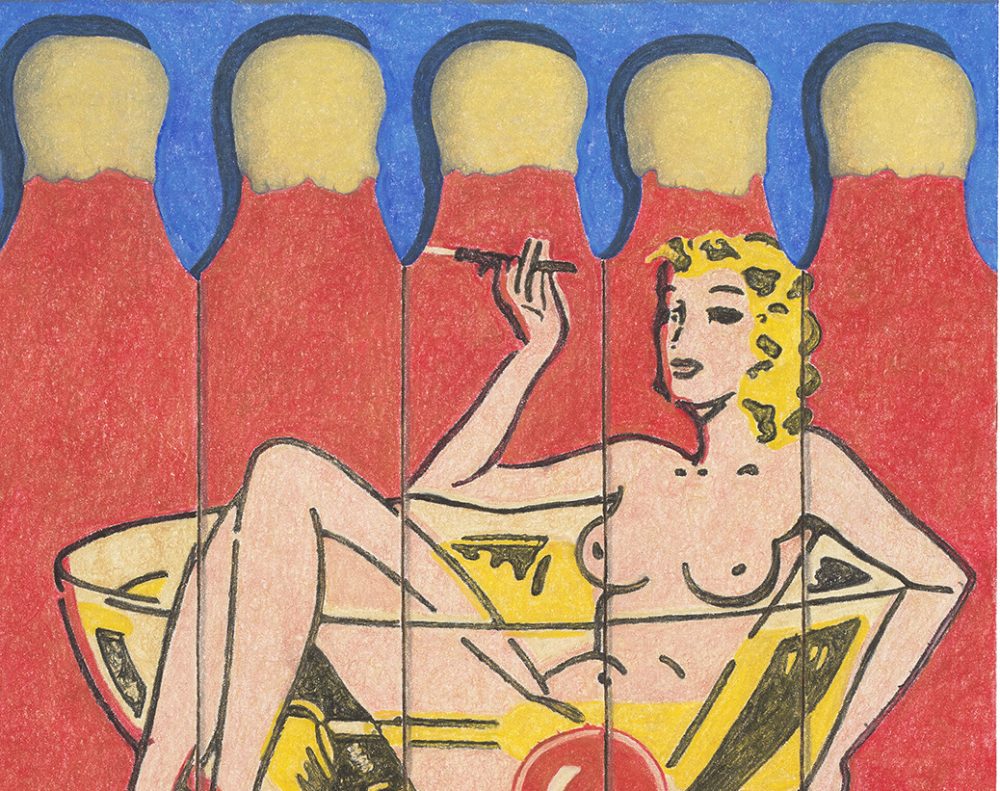
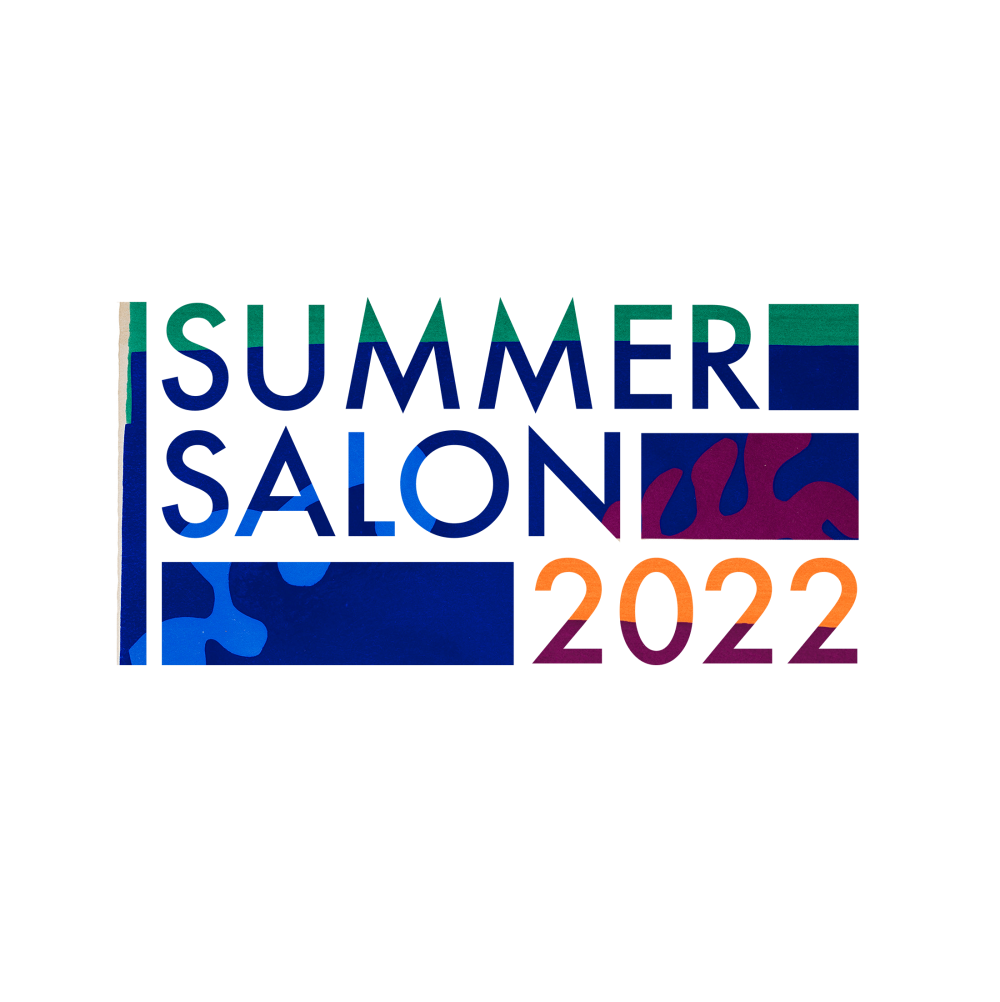
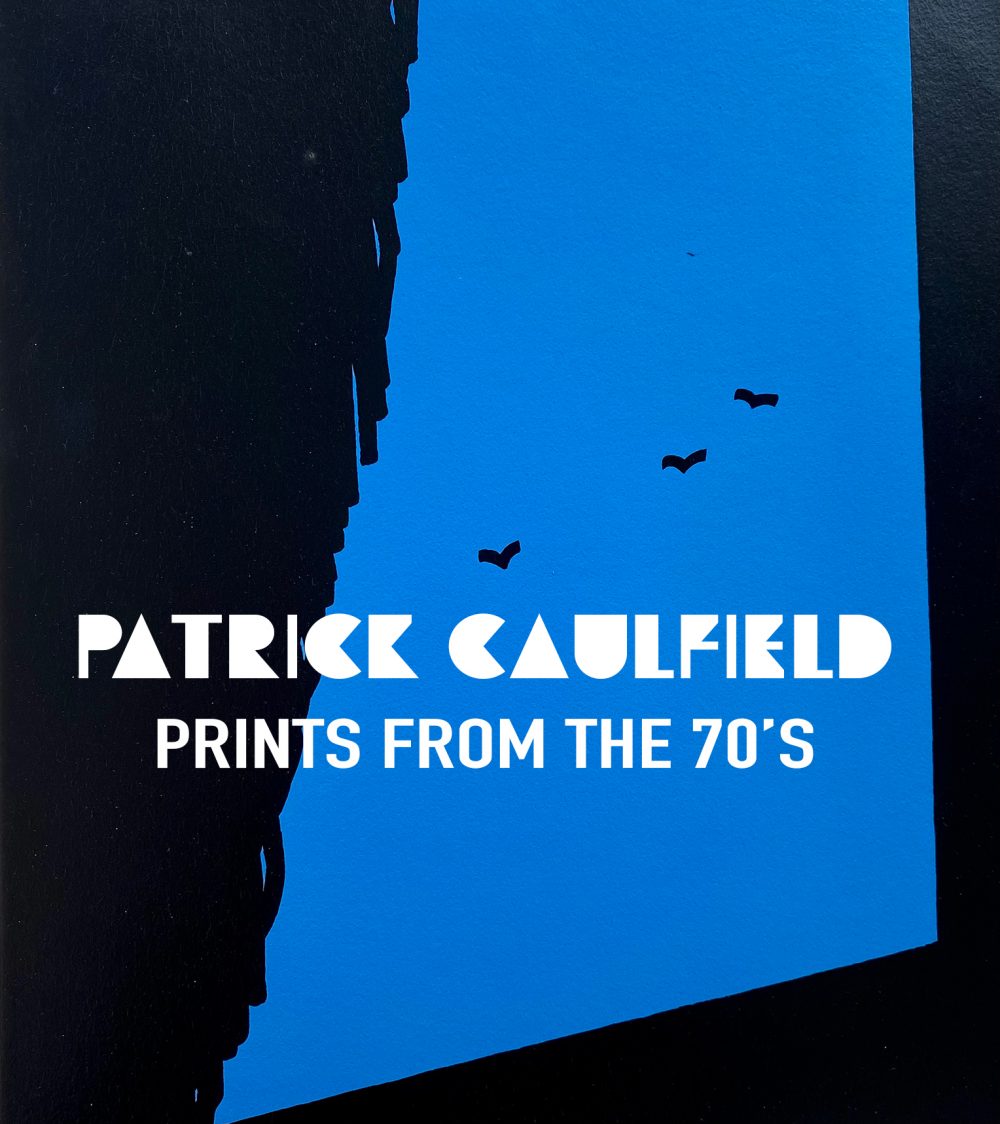
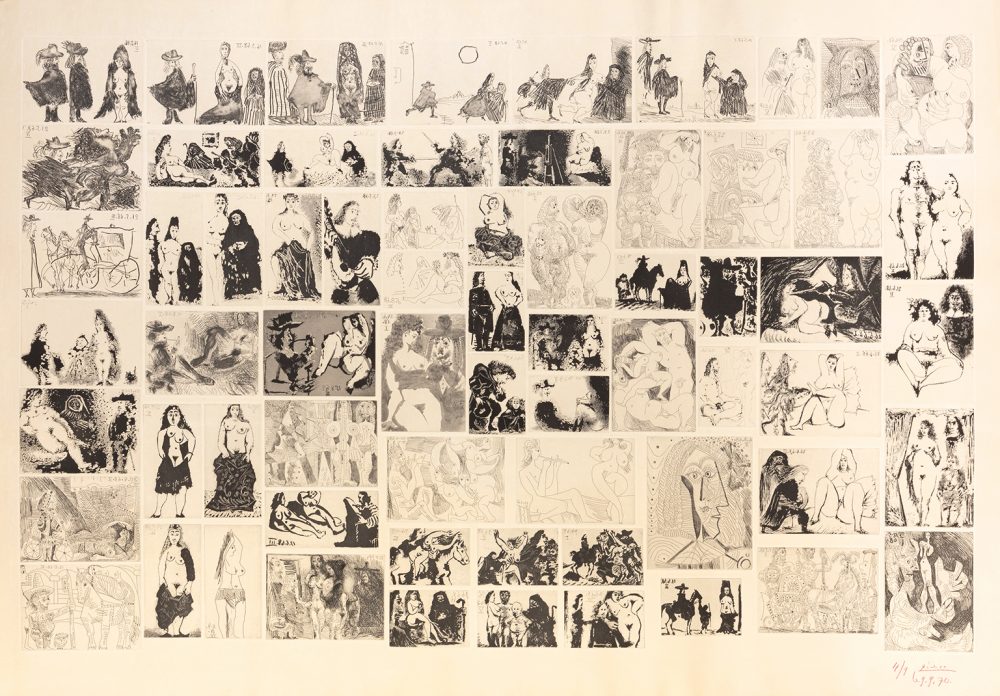
Pablo Picasso
La Célestine
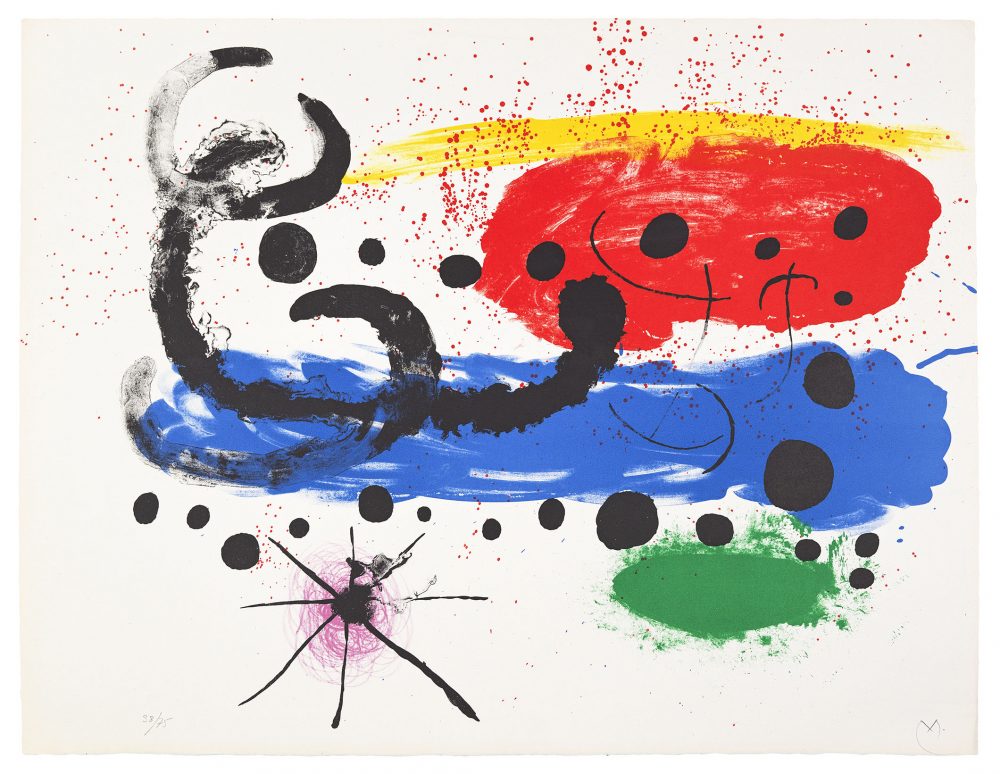
Joan Miró: Works from Album 19
8th March - 5th April 2022
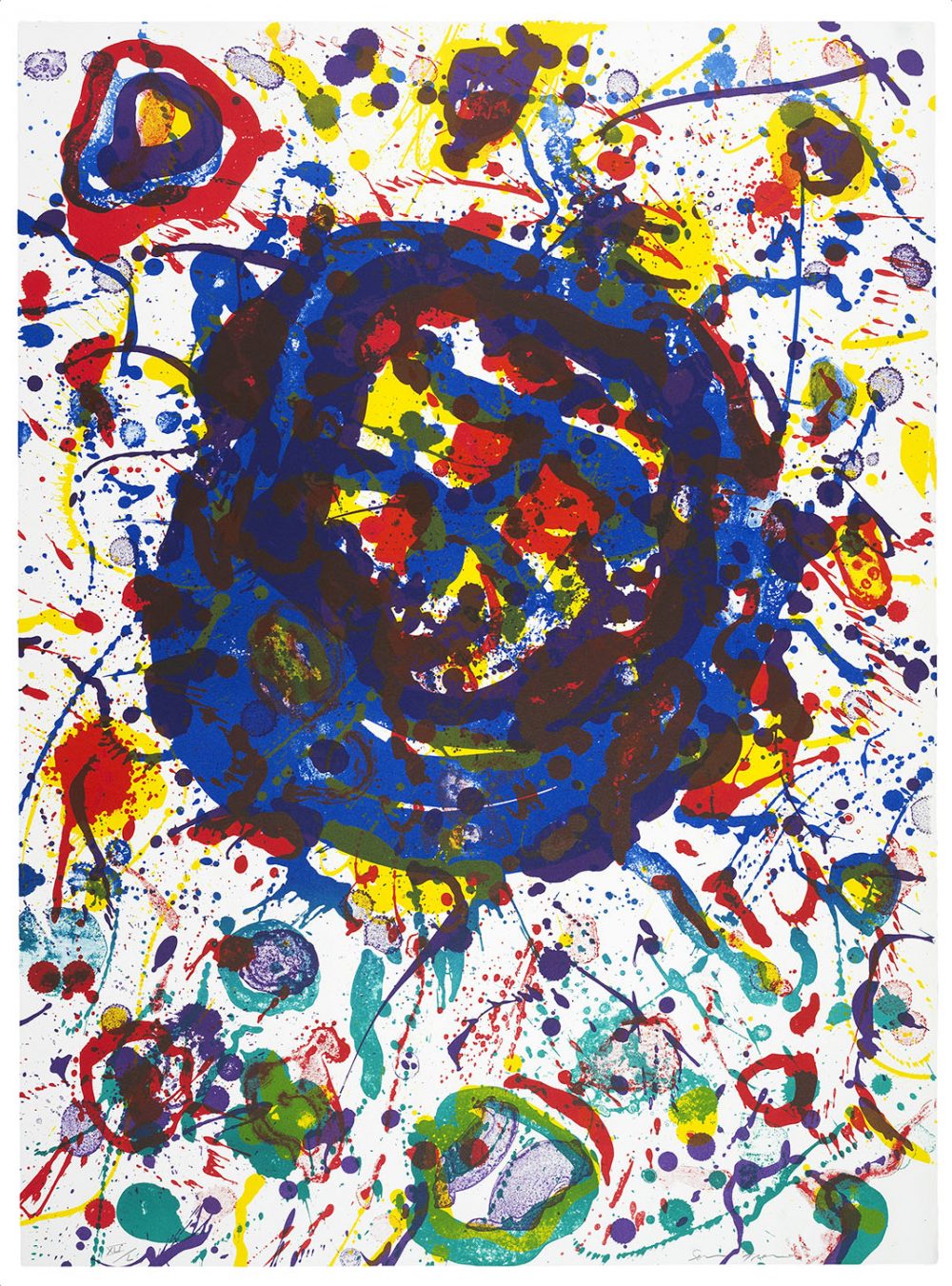
Sam Francis
Poèmes dans le Ciel (Poems in the Sky)
17th January - 21st February 2022
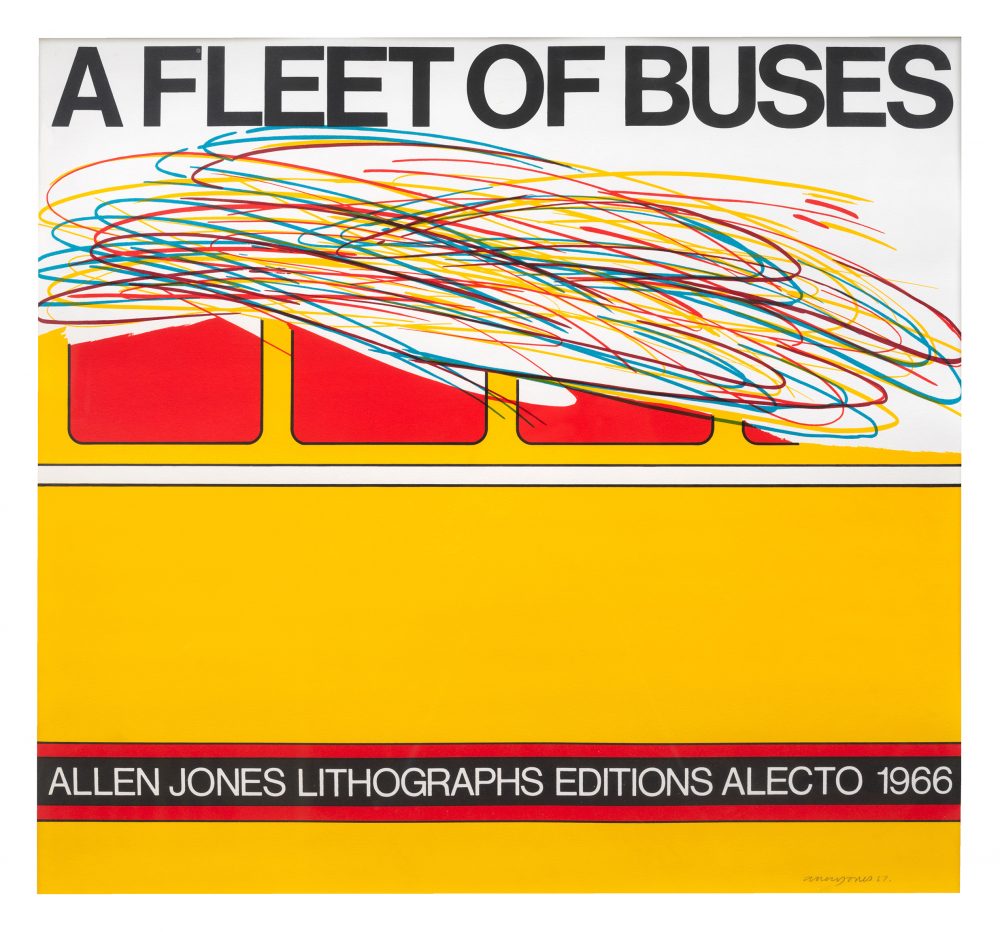
Allen Jones
A Fleet of Buses
1st November - 26th November
Online only
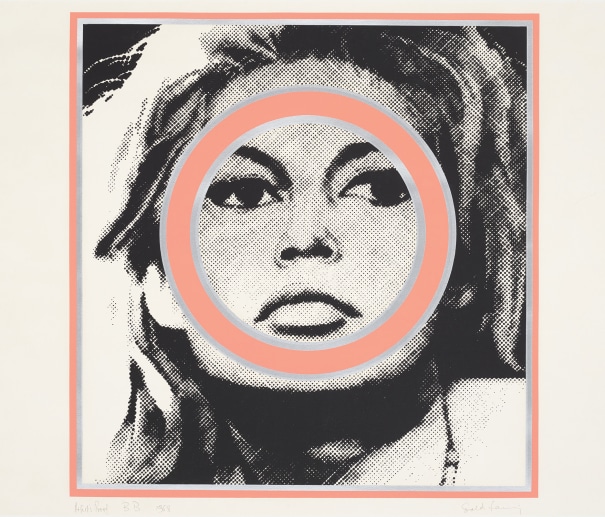
Pop Art in Print
2 - 30th August 2021
Online Exhibition
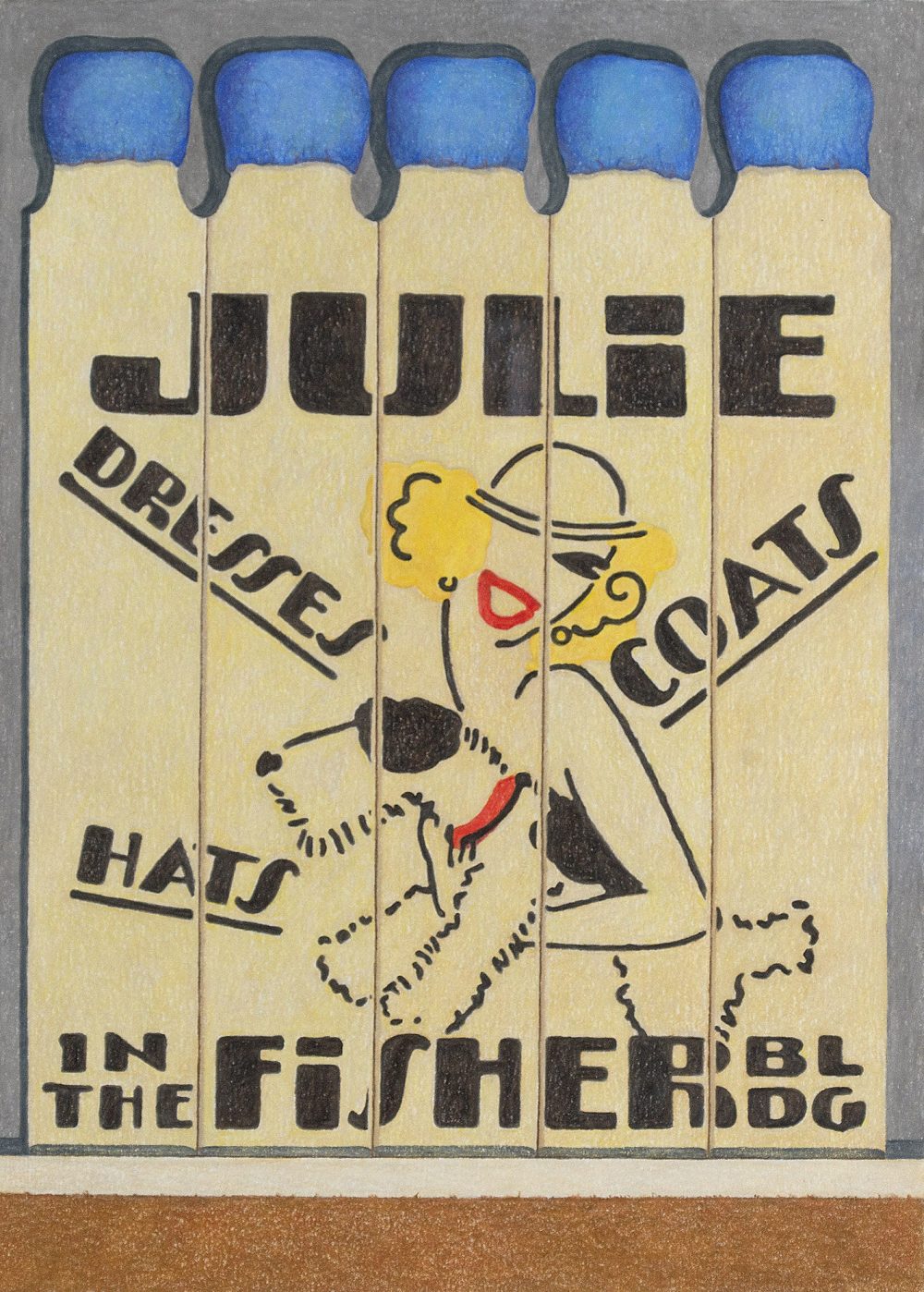
Aaron Kasmin
Always a Show
16th September - 28th October 2021
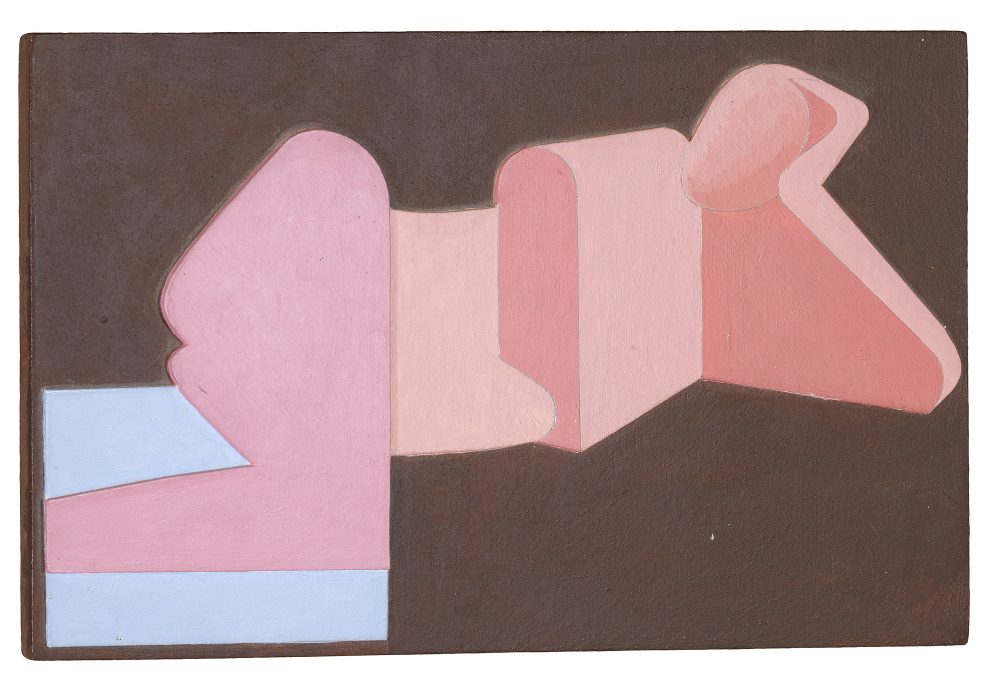
Gerald Laing
Reclining Figure Relief Painting
Viewing Room
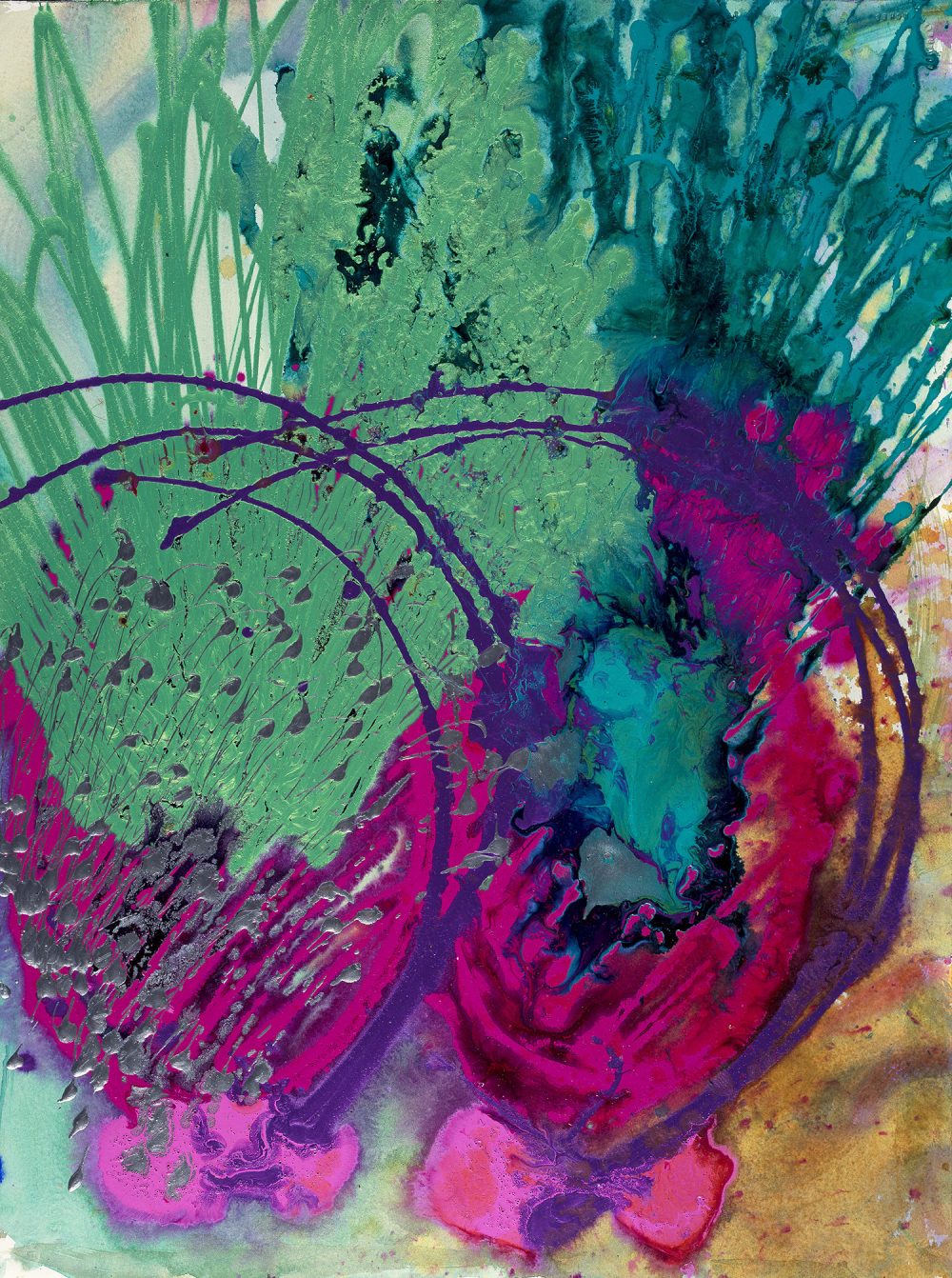
Chihuly
22nd July - 5th September 2021
Online Only
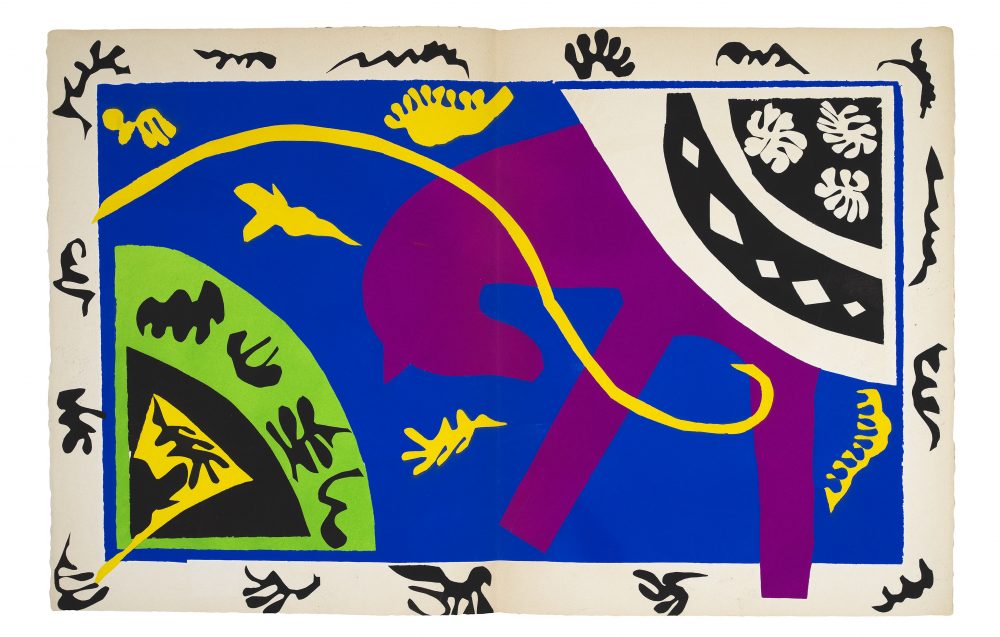
Henri Matisse
Jazz
20th May - 13th June 2021
Online only
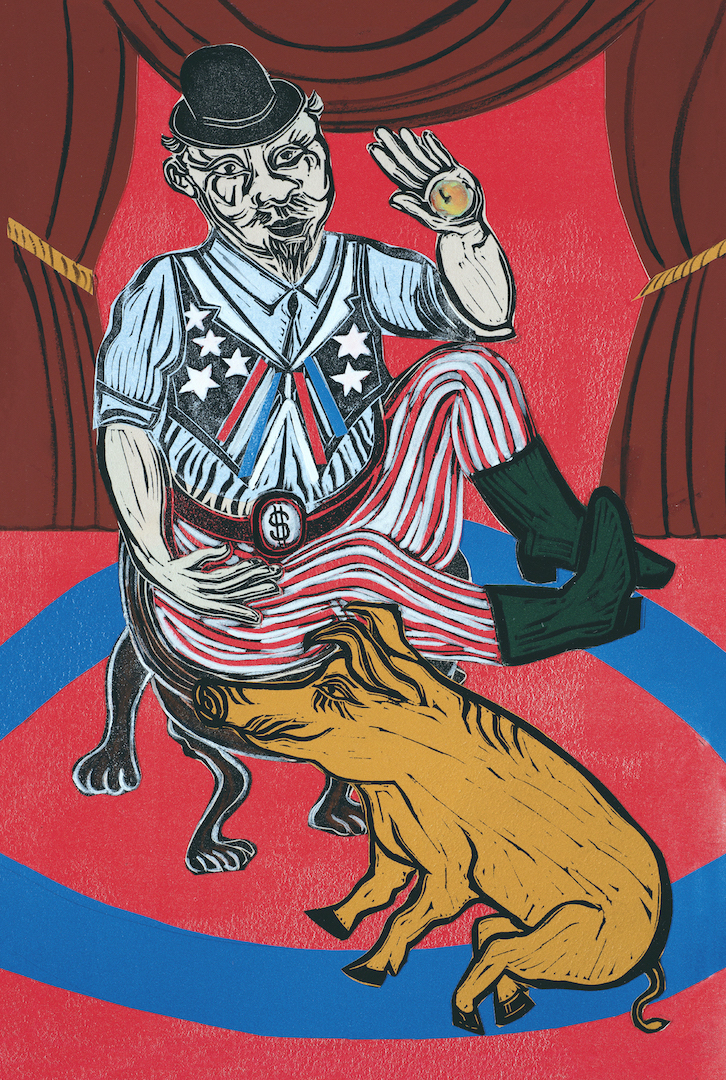
Eileen Cooper
Nights at the Circus
4th March - 14th May 2021
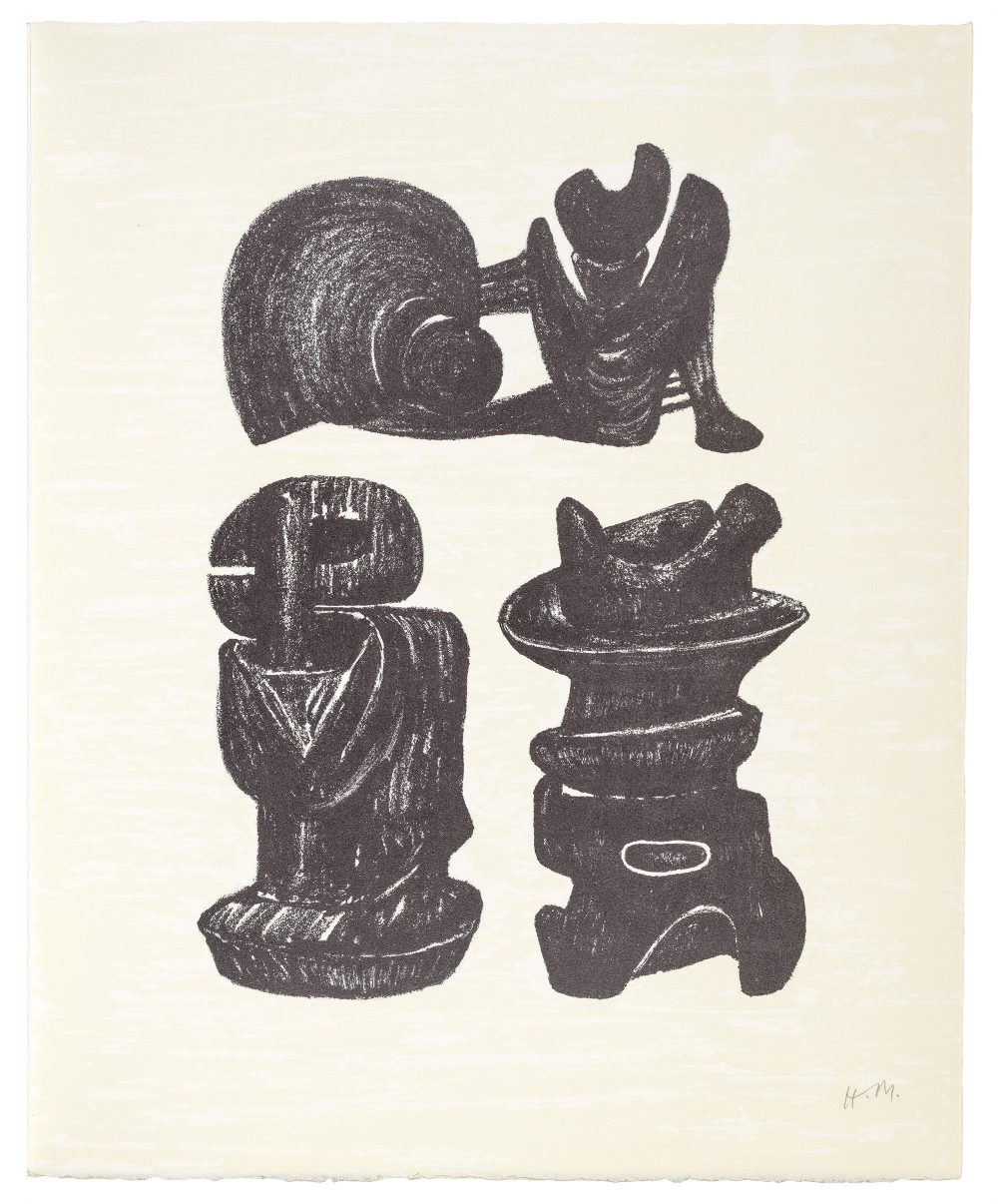
Henry Moore
The Art of Poetry
26th January - 26th February 2021
Online Only

Curated highlights from Emily Tobin
Ring out, wild bells
10th December 2020 - 2nd January 2021
Online only
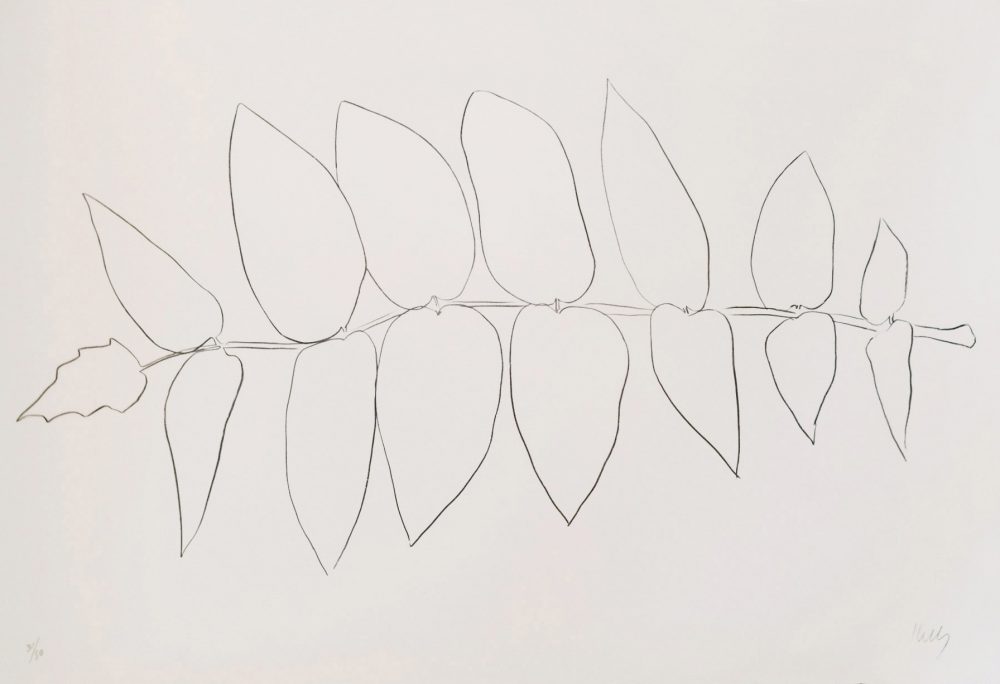
Ellsworth Kelly
Back to Nature
27th November - 20th December 2020
Online Exhibition
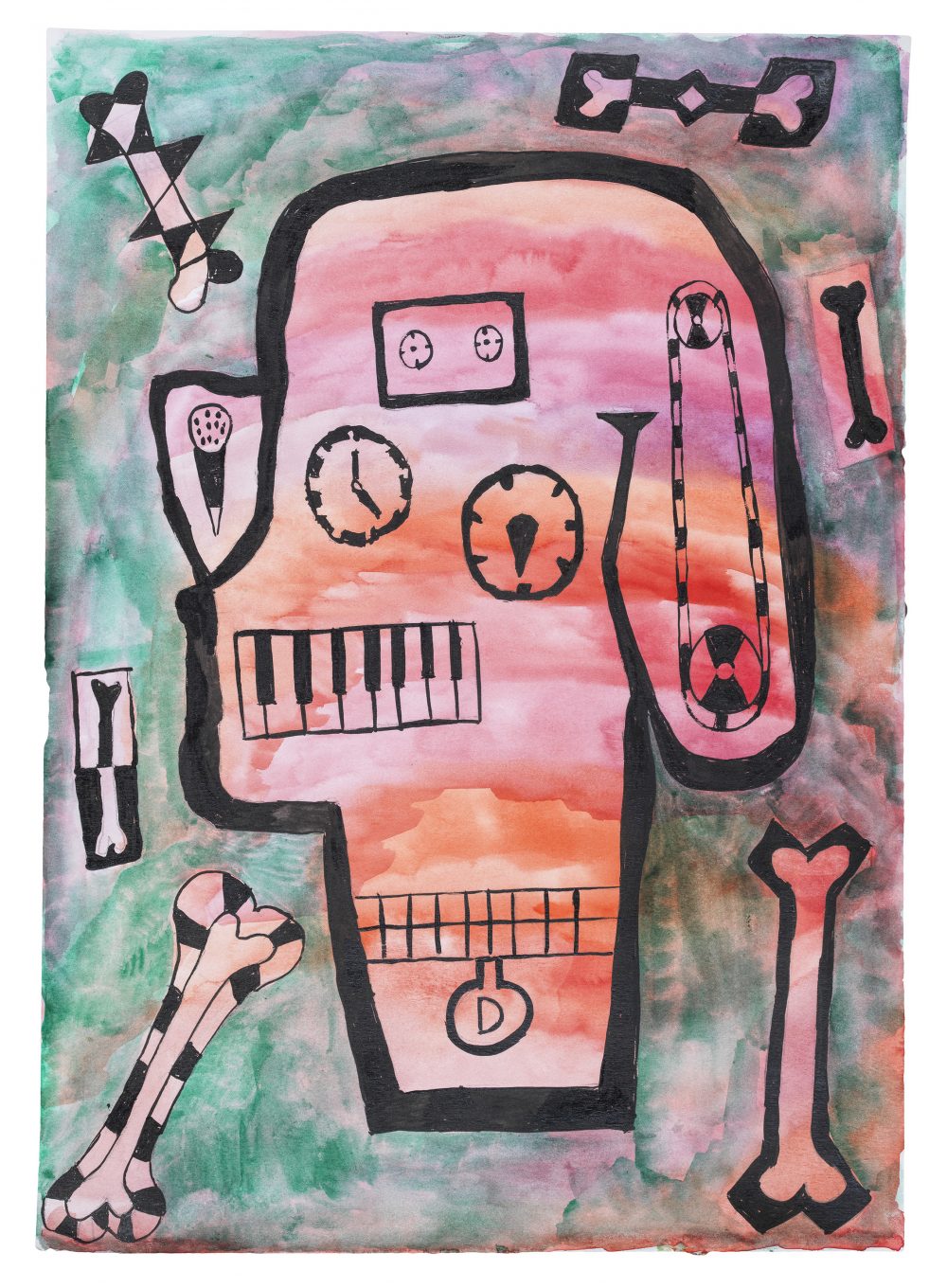
Declan Jenkins
Cinema of lava, cinema of mercury
12th November - 13th December 2020
Online Exhibition with Highlights at the Gallery
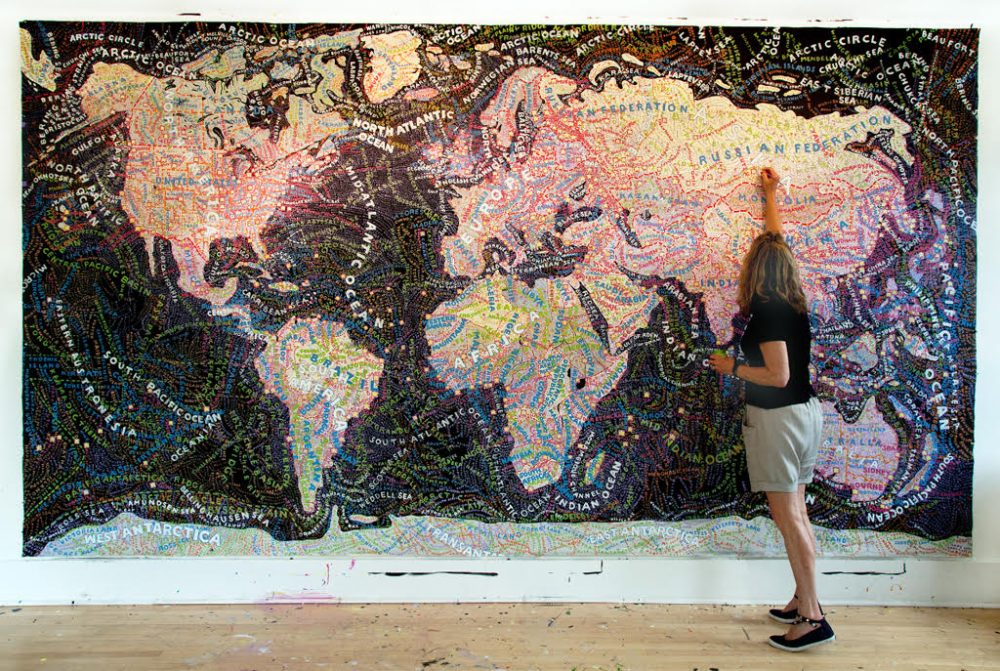
Paula Scher
All Over the Map
9th October - 8th November 2020
Online Exhibition

Howard Hodgkin
Colour Poems
28th August - 30th September 2020
Online only



